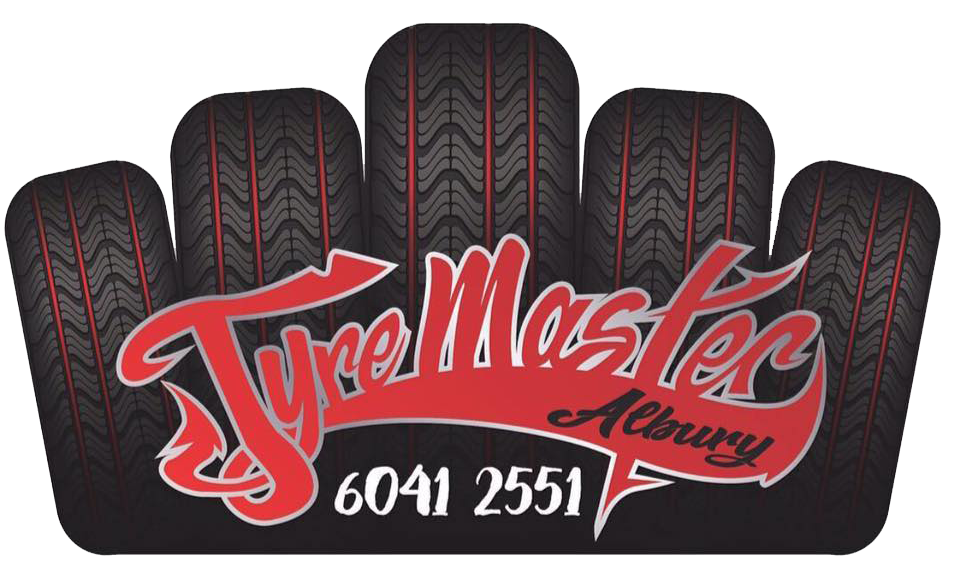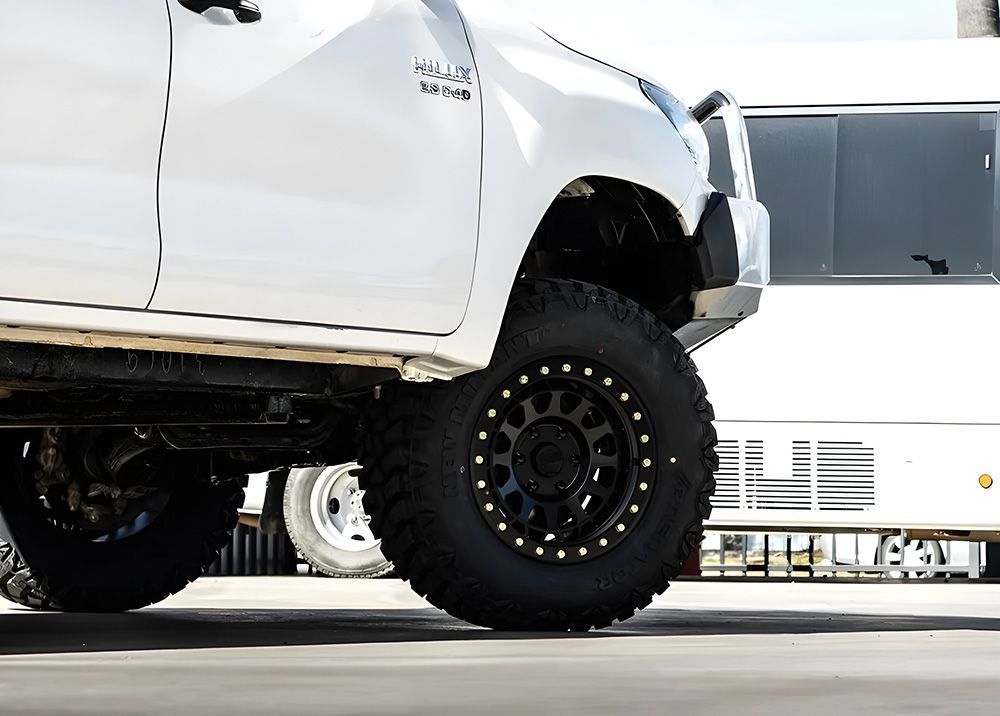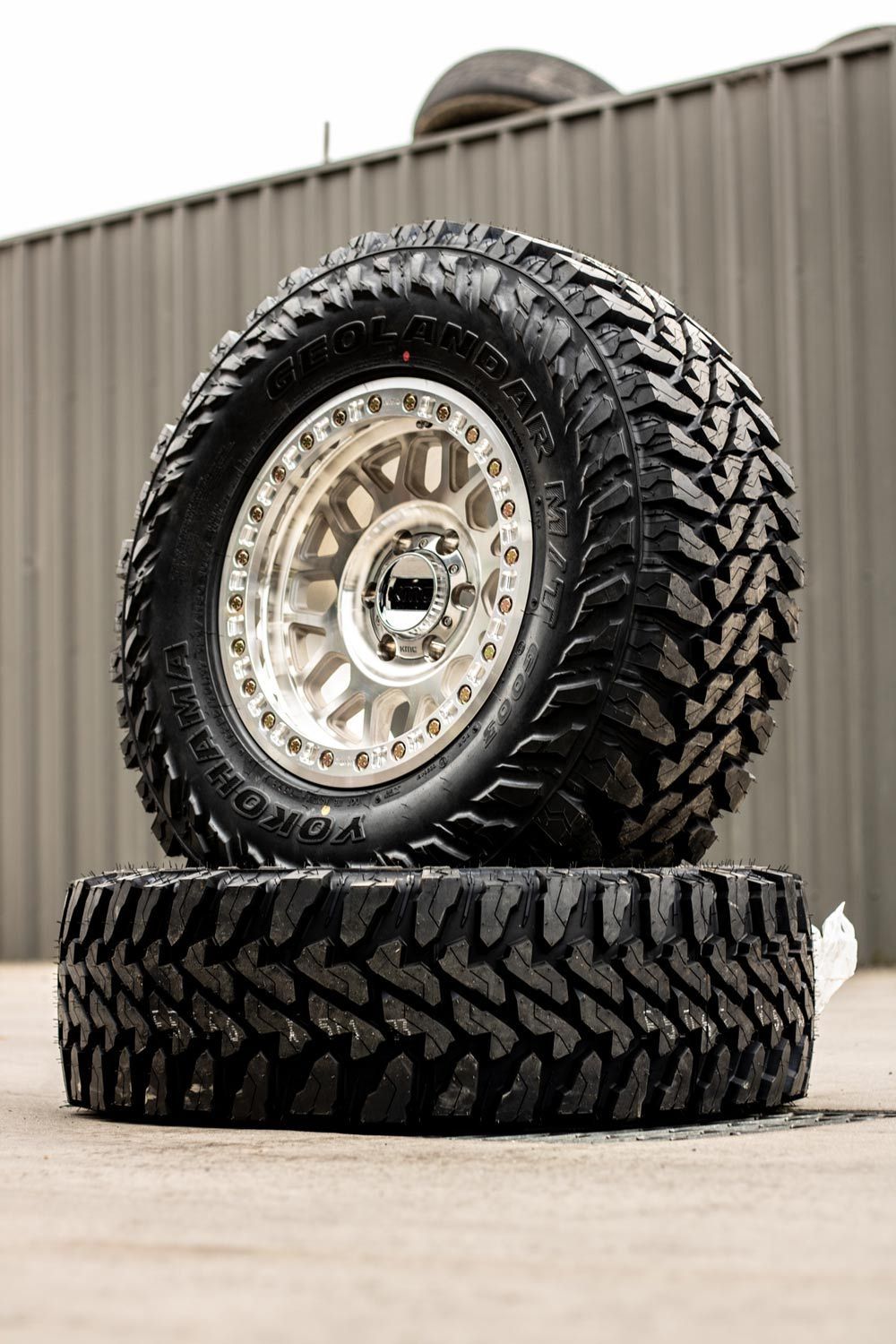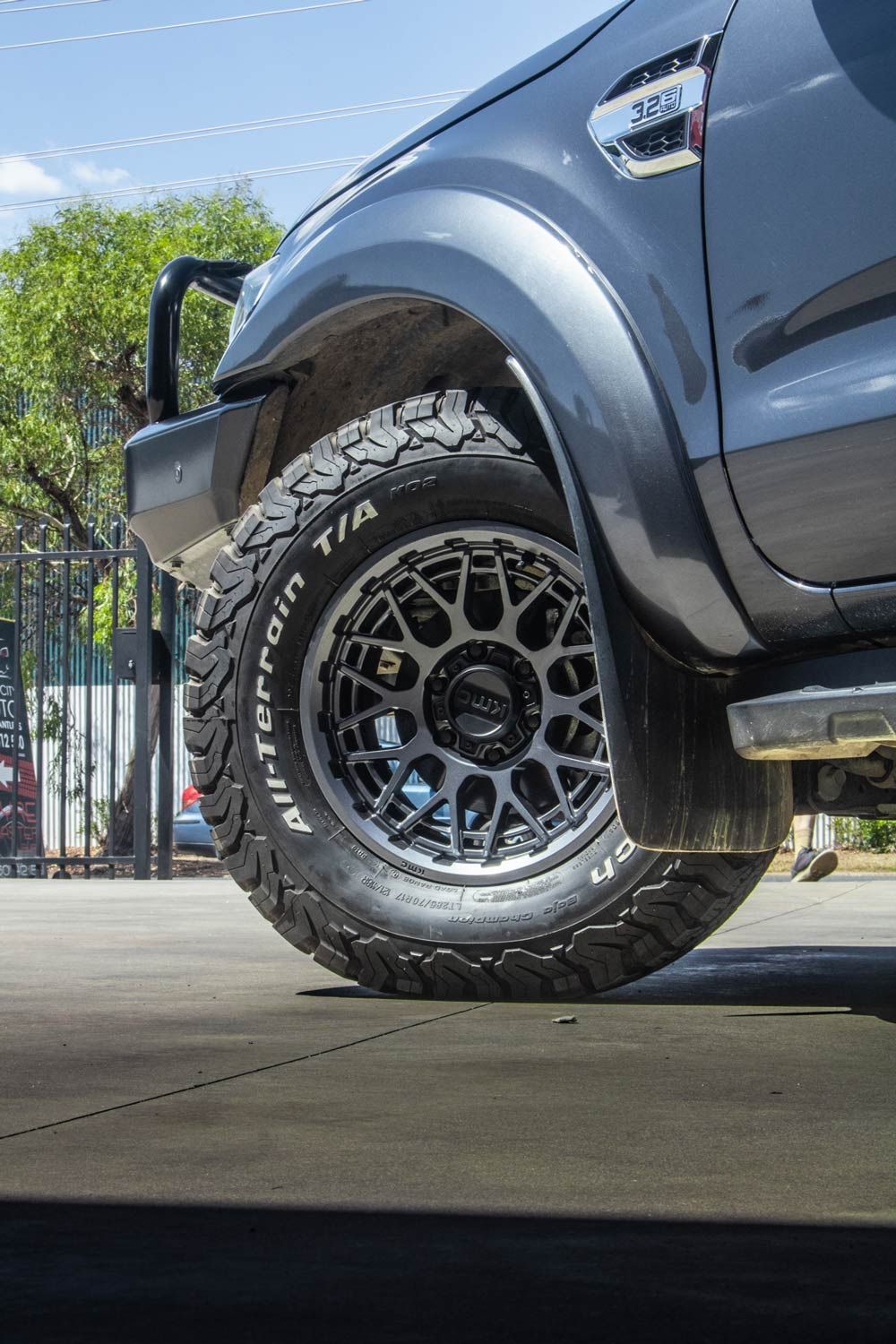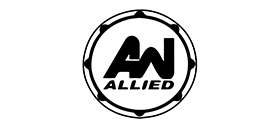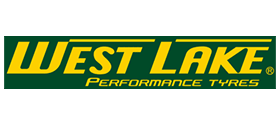When Should You Replace Your Tyres?
It’s easy to overlook the condition of your tyres until something goes wrong. However, as the only point of contact between your vehicle and the road, tyres play a crucial role in driving safety, comfort, and fuel efficiency. Whether you’re navigating city streets or country roads, knowing when to replace your tyres can help you avoid unexpected breakdowns or accidents. From visible wear to subtle performance changes, there are several indicators to watch for. This blog breaks down the key signs it's time to visit your
local tyre shop in Albury for a replacement or inspection.
Tread Wear Indicators Are Showing
Your tyre’s tread is vital for maintaining grip, especially on wet or slippery surfaces. Most tyres come with built-in tread wear indicators—small bars of rubber running across the grooves of the tread pattern. When your tread wears down to the same level as these bars.
- Legal tread depth in Australia is 1.5mm—anything less is unsafe and illegal.
- Worn tread increases the risk of aquaplaning during wet conditions.
- Regularly checking tread depth helps avoid fines and improves road safety.
You can use a tread depth gauge or the 20-cent coin test to check. If the outer band of the coin is visible, your tread is likely too shallow.
Cracks or Bulges on the Sidewall
While tread wear is a common focus when checking tyre condition, the sidewalls often don’t get the same attention, even though they’re equally important. Tyre sidewalls are responsible for maintaining structural integrity under pressure. Over time, exposure to the elements and physical wear can develop cracks or bulges. These may appear superficial but often indicate deeper internal faults that compromise the tyre's safety.
- Cracks can be caused by sun exposure, ozone, or age-related rubber degradation.
- Bulges suggest the internal structure has been compromised, often due to impact damage from potholes or kerbs.
- Driving on damaged tyres increases the risk of a blowout, especially at high speeds.
A professional will assess your tyres immediately if you spot any sidewall abnormalities.
Tyres Are More Than Five Years Old
It’s easy to assume tyres are in good condition if they look fine at a glance, but age is a hidden factor that can compromise safety. Even when not heavily used, tyre rubber naturally degrades due to environmental exposure and the passage of time. Most tyre manufacturers and safety bodies recommend replacing tyres every five to six years, even if the tread appears sufficient.
- UV light, heat, and air exposure degrade rubber over time.
- Aged tyres are more prone to cracking, stiffness, and reduced grip.
- Check the manufacturing date—it's a four-digit code on the tyre sidewall.
If your tyres are ageing, it’s wise to consider replacement before safety becomes a concern.
Vibration While Driving
Unusual vibration while driving may stem from wheel misalignment or unbalanced tyres. However, if the issue persists even after an alignment or balance, it could point to tyre-related problems.
- Internal tyre separation can cause a bumpy ride or vibration at certain speeds.
- Damaged or uneven tyres may also create irregular road contact, leading to discomfort and potential handling issues.
- Ignoring vibration can accelerate wear on your suspension and steering components.
If vibrations become noticeable or worsen, have your tyres inspected by a trusted tyre shop in Albury.
Uneven Wear Patterns
If your vehicle is properly aligned and maintained, its tyres should wear evenly across the tread surface. When wear appears patchy or inconsistent, it's often a sign that something else, like suspension or alignment, is out of balance. Ignoring these patterns not only shortens tyre life but can also affect handling and ride comfort.
- Feathering or scalloping can indicate worn suspension components.
- Excessive wear on one edge might be caused by poor wheel alignment.
- Cupping or dips in the tread may result from unbalanced tyres.
Replacing worn tyres and addressing the underlying mechanical cause ensures even wear going forward and maximises your tyre lifespan.
Loss of Grip in Wet Conditions
If your vehicle feels unstable or slides when cornering in the rain, it could be due to poor tread depth or compromised rubber.
- Hydroplaning risk increases as tread depth decreases.
- Modern tread designs help channel water, but only when there’s enough depth to be effective.
- New tyres offer significantly better grip on wet roads compared to worn ones.
If wet-weather handling has become noticeably worse, new tyres could be the solution to restoring safe performance.
Increased Stopping Distance
When it comes to road safety, the ability to stop quickly and efficiently is critical. Tyres play a central role, especially during emergency braking situations where even a split second can prevent a collision. As tyres wear down, their ability to grip the road diminishes, leading to significantly longer stopping distances. This issue becomes even more pronounced in wet or slippery conditions where traction is already compromised.
- Worn tyres increase braking distance, especially on wet surfaces.
- Reduced grip compromises ABS performance and cornering ability.
- Heavily worn tyres can double your stopping distance compared to new ones.
Swapping out worn tyres for fresh ones dramatically improves your vehicle’s responsiveness and control.
Visible Punctures or Repaired Damage
While some punctures can be safely repaired, others warrant complete replacement. The location, size and number of repairs influence whether a tyre is still roadworthy.
- Repairs in the sidewall or shoulder area are not considered safe.
- Multiple repairs in one tyre reduce its structural integrity.
- Nails or sharp objects lodged in the tread may have caused unseen internal damage.
Always have punctures inspected by a professional to determine if repair or replacement is the safest option.
Keep Your Vehicle Safe with a Trusted Tyre Shop in Albury
Need new tyres in Albury? At Tyremaster Albury, we understand how critical tyre condition is to your safety and vehicle performance. Whether you need to spot signs of wear, identify damage, or simply conduct a routine check, we’re here to help. Our range includes new and second-hand wheels in Albury, expert advice, and thorough inspections so you can drive confidently.
If you’ve noticed any of these warning signs—or even if you just want peace of mind—get in touch via our contact page or give us a call to book a
tyre check or replacement service today. Your safety starts where the rubber meets the road.
